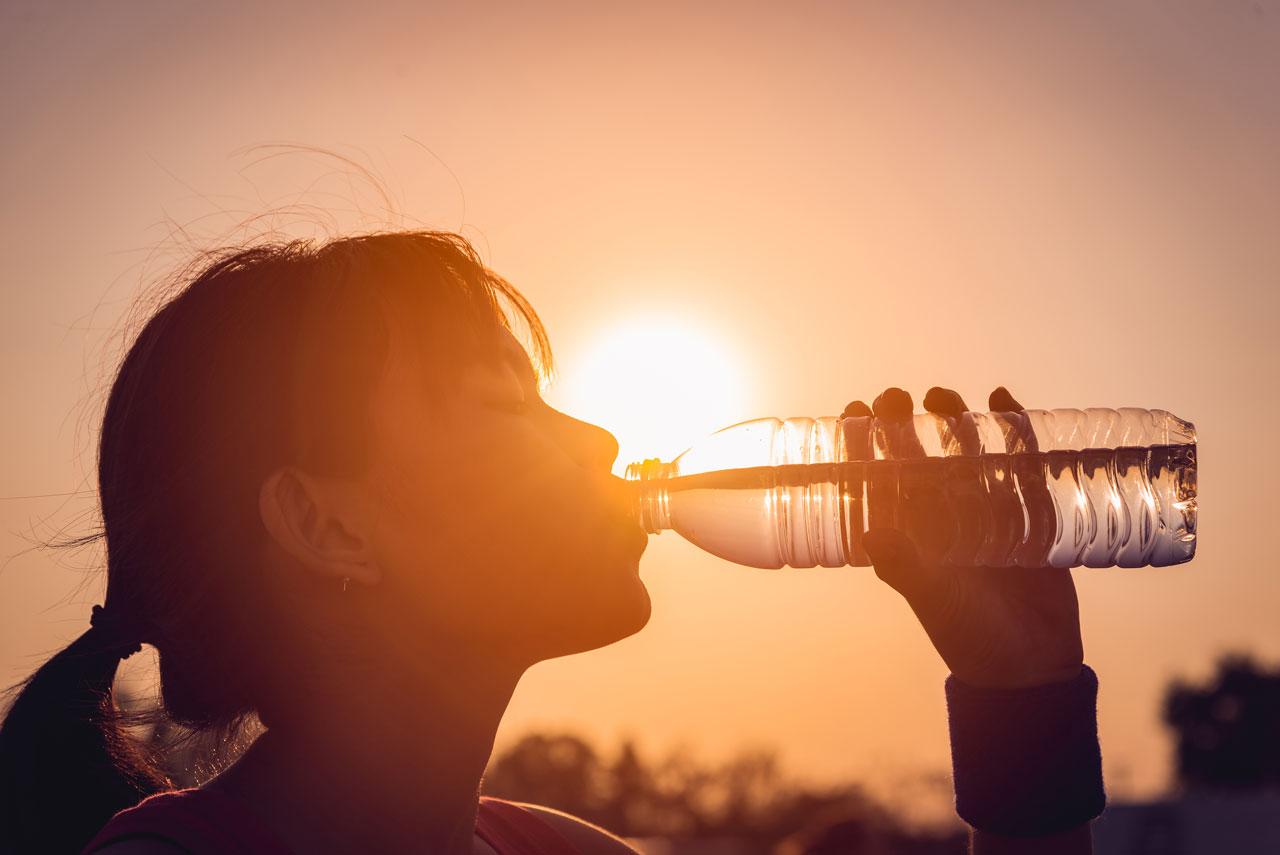“Everyone who drinks of this water shall thirst again: but whoever drinks of the water that I shall give him shall never thirst: but the water that I shall give him shall become in him a well of water springing up to eternal life” (John 4:13-14 NASB).
Jesus promises living water to anyone who believes in Him. His promise at the well that day also recognized our need for physical water.
Water is a vital nutrient and the most abundant substance in the body. Consuming enough daily is always important for good health. Every cell, tissue and organ contains water, and almost every life sustaining system in the body requires water. It transports vital nutrients and oxygen to cells and removes waste products.
Water regulates body temperature, keeps tissues including the eyes, mouth and nose moist, helps lubricate joints and cushions organs and tissues throughout the body. Water is lost through breathing, perspiration, urination and elimination. Exposure to extreme temperatures, strenuous work, exercise, pregnancy, breastfeeding, fever, diarrhea and vomiting also cause fluid loss.
As temperatures rise, we perspire more which increases fluid loss. Physical activity further increases that loss. The body perspires as a natural cooling mechanism. It is more difficult to cool down in hot humid weather than in hot dry weather because perspiration does not evaporate as quickly from skin. Drinking plenty of water is important to prevent dehydration.
Water intake and loss normally stay in balance in healthy people. When more water is consumed than needed the kidneys eliminate the excess. If people consume too little water, they get thirsty, signaling the need for water. However, waiting until thirsty to drink water can be too long—this is especially true for elderly people, children, during illness, strenuous activity or hot weather.
One way to assess water intake is checking urine. Pale or almost colorless urine is an indication of sufficient fluid consumption. A small volume of dark urine can indicate insufficient fluid intake.
Beverages provide most of the water we need but it is also in many foods. Most fruits and vegetables contain a large amount of water and foods that absorb water during cooking like dried beans, and pasta contains a significant amount. Drier foods like dehydrated fruits, breads and dried nuts provide minimal water.
The best choice for quenching thirst is water. Drinking plain tap water is easy on the budget. It has no added sugars, no calories and is low in sodium.
Commonly consumed beverages like sodas, lemonade, limeade, slushes, fruit punch and sugar-sweetened powdered drinks contain lots of added sugar and calories while providing few or no nutrients. Tips to boost water intake include:
• Drink a glass of water first thing in the morning.
• Choose bottled water instead of sodas from vending machines.
• Keep a conveniently-located large mug full of water as a reminder to drink water throughout the day.
• Pause to get a drink when passing a water fountain.
• Enjoy water with meals.
• Add a generous squeeze of lemon, lime or orange juice and a twist of the fruit for great taste and a little vitamin C. Or add frozen berries, cucumber slices or fresh mint to ice water for a refreshing beverage.




